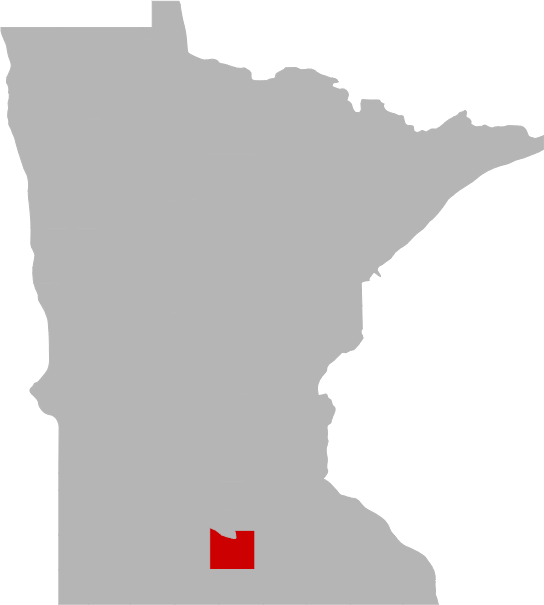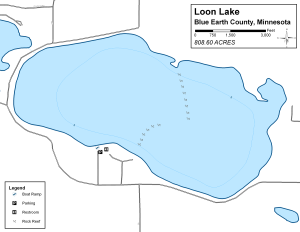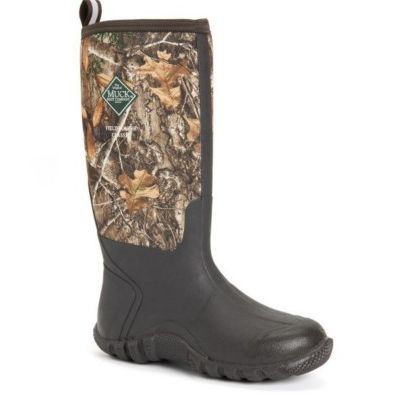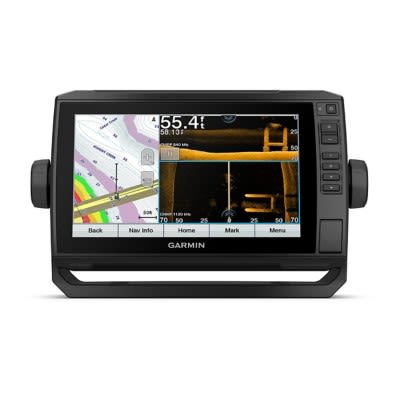Today's Best Fishing Times
Get the best fishing times for Loon Lake with Lake-Link's Fishing Forecast. SEE MORE


Share Your Catch & Win!
Frequently Asked Questions About Loon Lake, MN
- How big is Loon Lake?
- How deep is Loon Lake?
- What kind of fish can you catch in Loon Lake?
- Are there places to stay in the Loon Lake area?
- Are there topographical lake maps available Loon Lake?
- Are there boat launches on Loon Lake?
- Are there places to eat and drink near Loon Lake?
- What is the average air temp for Loon Lake?
- Are there any state parks near Loon Lake?
How big is Loon Lake?
How deep is Loon Lake?
What kind of fish can you catch in Loon Lake?
Other fish species in the lake include Fathead Minnow, Golden Shiner, Green Sunfish, Hybrid Sunfish, Johnny Darter and White Sucker.
Are there places to stay in the Loon Lake area?
More Lodging Options
Are there topographical lake maps available Loon Lake?
Are there boat launches on Loon Lake?
Are there places to eat and drink near Loon Lake?
History & Status of the Fishery
Introduction
Loon Lake is an 809 acre lake in Blue Earth County east of the city of Lake Crystal. Loon Lake is a hypereutrophic, shallow lake with a maximum depth of 7.0 feet. A DNR- maintained public access is located on the south side of the lake off of County Road 9. Although some of the shoreline has been altered for residential development, most of the riparian zone is intact and stands of natural vegetation, like bulrush and cattails, are present. During the winter, Loon Lake is aerated to help prevent fish kills. Use caution when traveling on the ice, as aeration systems can create open water and thin ice. Despite aeration attempts, Loon Lake experiences periodic winterkills, the latest being in 2014 when a partial and selective winterkill occurred. Loon Lake is classified in Lake Class 43 based on lake characteristics. Other lakes in this classification include Gorman Lake (Le Sueur County), Phelps Lake (Rice County), and Rice Lake (Faribault County). Loon Lake is managed primarily for Walleye and secondarily for Black Crappie, Northern Pike, Yellow Perch, Channel Catfish, and Bluegill. To maintain the Walleye population, Loon Lake is stocked with Walleye fry every other year at a rate of 1,500 fry per littoral acre (even years). In the event of a winterkill, adult species, such as Walleye (adult and fry), Northern Pike, Channel Catfish, Bluegill, Black Crappie, and Yellow Perch, are stocked to re-establish the fish community. Due to the shallow depth and tendency to winterkill, Loon Lake is managed as a "boom and bust" fishery. In the 2-3 years following a winterkill, fish populations have a "boom" effect where abundance soars as the stocked fish fill empty niches within the aquatic ecosystem. Additionally, these stocked fish have a tendency to grow very fast since there is abundant food resources and limited competition. This phenomenon is accompanied by "bust" years of fish abundance immediately after a winterkill occurs.
Loon Lake was surveyed the week of August 15, 2016 by the MN DNR as part of a regularly scheduled monitoring program. This survey included deploying 4 gill nets and 10 trap nets, as well as recording water quality parameters. Loon Lake is scheduled to be surveyed again in 2022.
Walleye
Walleye were sampled in the 2016 gill nets at a rate of 15.8 fish/net. This catch rate was below the long-term average for Loon Lake (29.6 fish/net). Historically, the Loon Lake Walleye population has varied greatly depending on timing of winterkill events. The lengths of Walleye from both gear types averaged 10.6 inches and ranged from 8.3 to 14.3 inches, which suggested a small size structure. As the size structure suggested, the Walleye population was young. All fish were age-1 (stocked in 2015) or age-2 (stocked in 2014). The average length at capture was 9.2 inches at age-1 and 11.7 inches at age-2. These growth rates are slower than the statewide average for the same lake classification. Walleye were recently stocked in Loon Lake in 2014, 2015, 2016. The MN DNR will continue to stock Walleye fry on even years.
Crappie Species
The 2016 survey sampled 2 species of crappie, the Black Crappie and White Crappie. The Black Crappie catch rate was 74.2 fish/trap net, which was the highest catch rate on record for Loon Lake and was above the long-term average of 24.6 fish/net. Gill nets also sampled Black Crappies at a rate of 18.5 fish/net, which was also above the long-term average for Loon Lake of 17.5 fish/net. The size structure of Black Crappies was fair, with an average length of 8.1 inches and a maximum length of 12.4 inches. Ages ranged from 0 to 7 years old. Most of the aged fish (76%) were age-2 or younger. The average length at capture was 6.3 inches at age-1, 8.1 inches at age-2, and 10.1 inches at age-6.
White Crappies were sampled in trap nets at a rate of 1.8 fish/net and in gill nets at a rate of 0.3 fish/net. This was the first survey that documented the presence of White Crappies. The length of White Crappies averaged 8.9 inches, which suggested a quality size structure. All of the White Crappies were age-1 or age-2. The average length at capture was 7.8 inches at age-1 and 9.4 inches at age-2. Crappies are stocked only after winterkill events.
Northern Pike
The 2016 Northern Pike catch rates were 0.8 fish/gill net and 0.7 fish/trap net, which were both near the long-term averages for Loon Lake (0.9 fish/gill net and 0.6 fish/trap net). The lengths of Northern Pike from both gear types averaged 23.1 inches and the largest fish measured 34.0 inches. Although the catch rate was low, the size structure was fair. Ages ranged from 1 to 4 years old. The average length at capture was 18.0 inches at age-1, 19.2inches at age-2, 25.7 inches at age-3, and 33.6 inches at age-4. Northern Pike are not stocked in Loon Lake unless a severe winterkill occurs.
Yellow Perch
Yellow Perch were sampled at a rate of 6.8 fish/gill net. The long-term average for Loon Lake is 19.4 fish/gill net, but the catch rate has not been higher than 10.2 fish/net since the 1980s. The average length of Yellow Perch in 2016 was 8.3 inches and the largest fish was 11.3 inches, which suggested a quality size structure. Ages ranged from 1 to 6 years old and 72% of all aged Yellow Perch were age-1. The average length at capture was 7.7 inches at age-1, 9.5 inches at age-2, and 11.0 inches at age-4. Yellow Perch are not stocked in Loon Lake, so the population persists through natural reproduction. Among all game fish species, Yellow Perch are one of the most tolerant of low dissolved oxygen, which makes them ideal management species in lakes with winterkill potential.
Bluegill
The 2016 Bluegill catch rate was 2.5 fish/trap net, which was below the catch rate of the previous survey in 2006 (11.1 fish/net) and below the long-term average of Loon Lake of 8.1 fish/net. The average length of Bluegills was 5.5 inches and the range was 4.3 to 8.5 inches. Ages ranged from 1 to 5 years old. The average length at capture was 4.8 inches at age-1, 5.6 inches at age-2, 8.2 inches at age-4, and 8.5 inches at age-5. Historically, the Bluegill population has remained low in Loon Lake. Bluegills have not been stocked in Loon Lake, but were stocked in nearby connected Crystal Lake in 2015. Thus, the Bluegill population exists from either natural reproduction or migration from Crystal Lake.
Other Species
Black Bullheads were the most common fish species in the 2016 survey. A total of 959 fish were sampled between gill nets (105.3 fish/net) and trap nets (53.8 fish/net). The average length of Black Bullheads was 9.0 inches. Historically, the Black Bullhead population has varied greatly, ranging from 121.0 fish/net in 1987 to 6.2 fish/net in 2001. Yellow Bullheads were also sampled in the 2016 survey at rates of 4.0 fish/trap net and 0.8 fish/gill net. The average length was 8.9 inches. The Yellow Bullhead population in Loon Lake has persisted at low abundance throughout survey history. Common Carp were present in the survey, but have not been present in high numbers in Loon Lake since the late 1980s and early 1990s. Other species sampled in the 2016 survey included White Sucker, Golden Shiner, and Hybrid Sunfish.
Angling Summary
Loon Lake should continue to provide quality angling opportunities between winterkill events. Although Walleye abundance was high, the average length at the time of the 2016 survey leaves plenty to be desired. The crappie populations were very strong in 2016 and many anglers have been taking advantage of this "boom" fishery. Also notable was the Yellow Perch, which exhibited modest abundance, but extremely fast growth rates.
Anglers can play an important role in maintaining or improving a fish population by practicing selective harvest. Selective harvest allows for the harvest of smaller fish for consumption, while encouraging the release of medium to large fish that may contribute to natural reproduction. This practice helps maintain balance in the fish populations and provides anglers the opportunity to catch more and larger fish in the future. Additionally, smaller fish often taste better and have fewer contaminants than larger, older fish from the same water body.
Shoreline property owners also play an important role in the overall health of an aquatic ecosystem, including the fish population. Natural shorelines, including vegetation, woody debris, and bottom substrates, provide valuable habitat for fish and wildlife, help maintain water quality, and reduce bank erosion. Cattails and bulrushes are particularly beneficial for fish spawning, rearing, and feeding. By leaving natural shorelines unaltered or restoring them to natural conditions, shoreline property owners are doing their part to maintain or improve a healthy ecosystem in the lake and protect the resource for future generations.
-Kip Rounds, Fisheries Specialist
What is the average air temp for Loon Lake?
Are there any state parks near Loon Lake?
For more Minnesota State Park information see our State Park Guide.
More Nearby Lakes To Explore
There's more lake's to explore around Loon Lake...| DISTANCE | ACRES | MAX DEPTH | |
| Lake Crystal | 1.5 mi | 379 | 8 ft |
| Mills Lake | 1.8 mi | 237 | 7 ft |
| Troost Pond | 9.0 mi | 44 | 45 ft |
| Hiniker Pond | 10.0 mi | 18 | 21 ft |
| Fedji Lake | 10.5 mi | 172 | 6 ft |
| Ida Lake | 12.7 mi | 129 | 8 ft |
| Eagle Lake | 15.5 mi | 721 | 9 ft |
| Eagle Lake Pond | 15.6 mi | 150 | 5 ft |
| Lura Lake | 17.7 mi | 1,359 | 9 ft |
| George Lake | 17.9 mi | 88 | 28 ft |

















